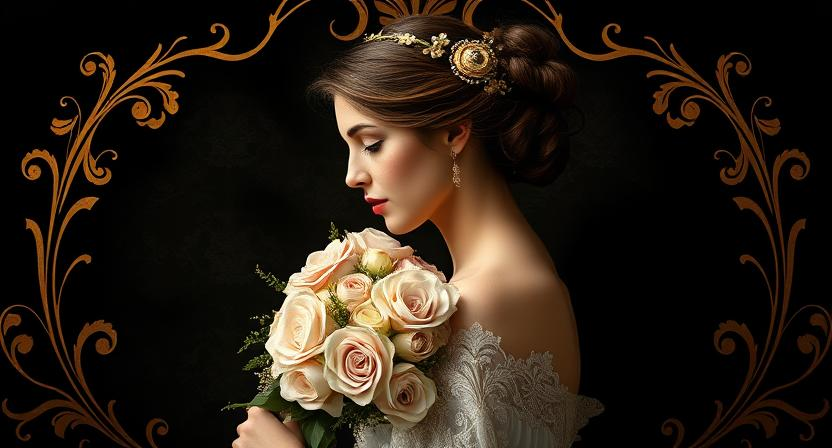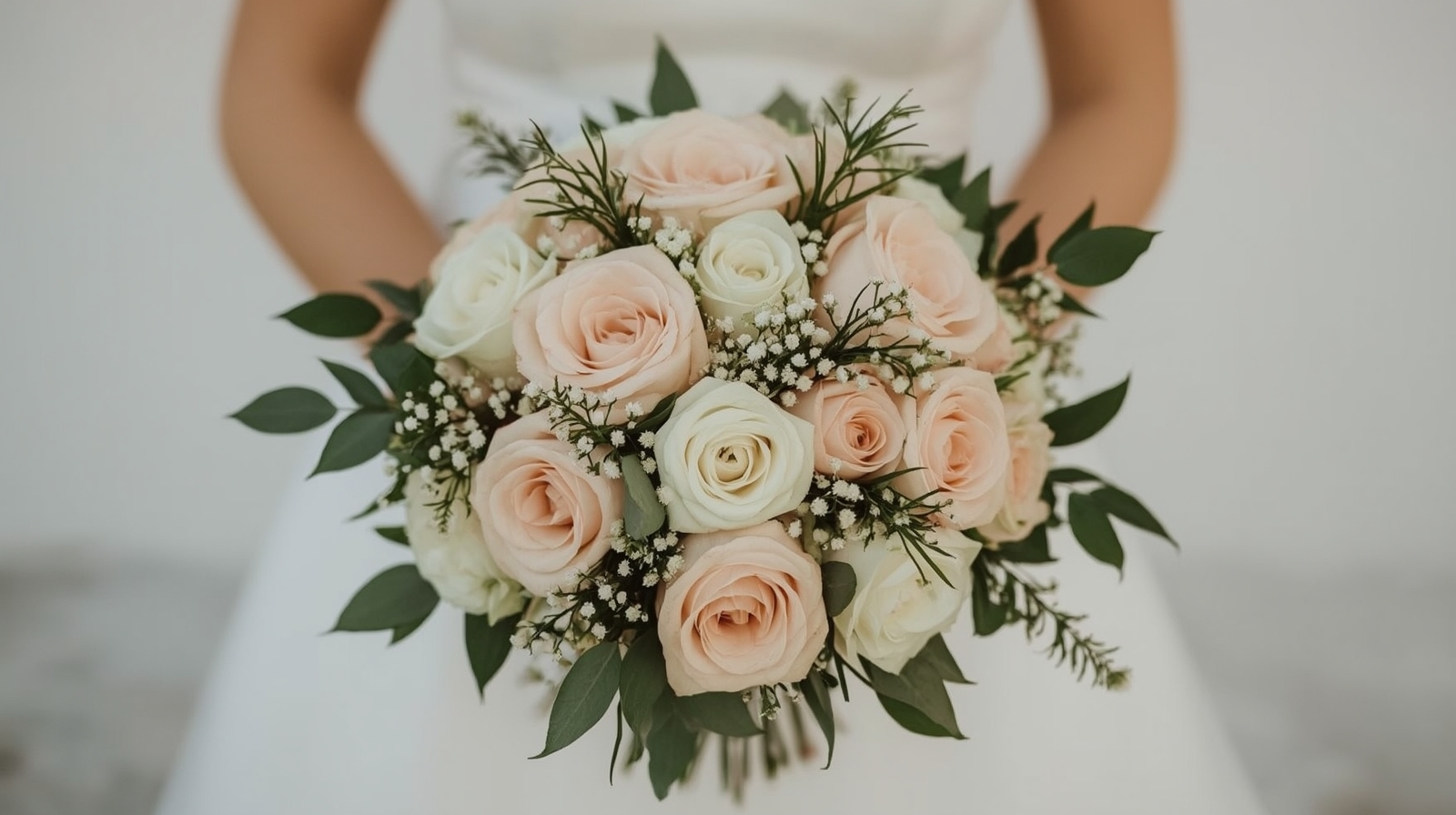The Importance of the Bride’s Bouquet: A Symbol of Tradition, Beauty, and Love
The bride’s bouquet is not just a beautiful floral accessory; it holds deep significance in many cultures and has been a cherished tradition for centuries. From the moment a bride walks down the aisle, her bouquet is often one of the first things that catches the eyes of the guests, symbolizing beauty, purity, and the emotional journey of the couple. Beyond its aesthetic value, the bouquet carries symbolic meaning and is linked to numerous wedding customs, each adding to the charm of this timeless tradition.
A Historical Tradition: The Origins of the Bouquet
The tradition of the bride carrying a bouquet can be traced back to ancient times. In Ancient Greece and Rome, brides carried bouquets made of herbs, such as garlic and dill, which were believed to ward off evil spirits and bad luck. This practice was thought to ensure that the couple’s marriage would be blessed and free from negative energy. Over time, the bouquet evolved, and with the introduction of Christianity, flowers began to represent purity, fertility, and new beginnings.
In the Victorian era, the bridal bouquet became an essential part of the wedding ceremony, with the flowers chosen to convey specific meanings. The language of flowers, also known as “floriography,” became widely popular during this time. Each flower had a distinct meaning, and brides would carefully select blooms to express their emotions and aspirations for the future. For example, roses symbolized love, lilies represented purity, and ivy was seen as a symbol of fidelity.
A Symbol of Love, Fertility, and New Beginnings
The bride’s bouquet is a symbol of love, a reflection of the couple’s commitment to each other. The flowers are often chosen to reflect the couple’s personalities and relationship, making the bouquet a personalized and meaningful token of their journey together. While the flowers themselves are beautiful, their symbolic meanings elevate the bouquet’s importance.
For instance, roses, widely regarded as the symbol of love, are a common choice for bouquets. Lilies, which represent purity, are often chosen to convey the bride’s innocence and the sacredness of the marriage. Some brides even include flowers that are significant to their cultural heritage, making the bouquet an even more personal symbol of unity and new beginnings.
Fertility and growth are also key themes represented by the bouquet. In many cultures, flowers have long been associated with fertility, and the bouquet is often seen as a symbol of hope for a prosperous and fruitful life together. The act of choosing a bouquet filled with vibrant blooms signifies the couple’s readiness to embark on the next chapter of their lives, filled with love and growth.
The Tradition of the Bouquet Toss
An essential part of many wedding ceremonies is the bouquet toss, a fun and exciting moment where the bride throws her bouquet to a group of single women. The tradition is said to bring good luck to the woman who catches it, and in some cultures, it is believed that the woman who catches the bouquet will be the next to marry. This playful ritual is a way of passing on the bride’s good fortune and is a lighthearted moment that adds joy to the wedding celebration.
A Personal Touch to the Wedding Day
In today’s modern weddings, the bride’s bouquet continues to be an important element of the celebration. Many brides still adhere to traditional meanings when choosing their flowers, while others incorporate personal elements that reflect their unique style and story. Some brides choose to include flowers that hold sentimental value, such as the same flowers their mother or grandmother carried on their wedding day.
Beyond its symbolism, the bouquet serves as a way for the bride to express her individuality. Whether it’s a classic round bouquet of roses or a bohemian-inspired wildflower arrangement, the bouquet is a representation of the bride’s personal taste, creating a stunning visual statement that ties into the overall theme and aesthetic of the wedding.
The bride’s bouquet, while often seen as a decorative accessory, is far more than that. It is a powerful symbol of tradition, love, purity, and new beginnings. The bouquet carries with it the hopes and dreams of the couple and serves as a representation of their commitment to one another. With its deep cultural roots, the bouquet remains a cherished element of wedding ceremonies around the world. It’s a small but meaningful detail that adds beauty and significance to one of the most important days of a couple’s life.


